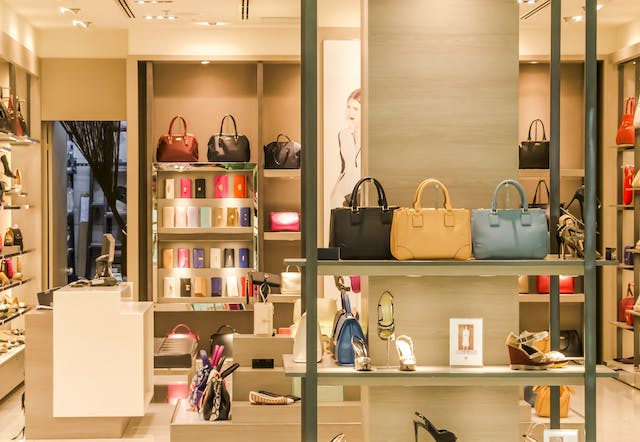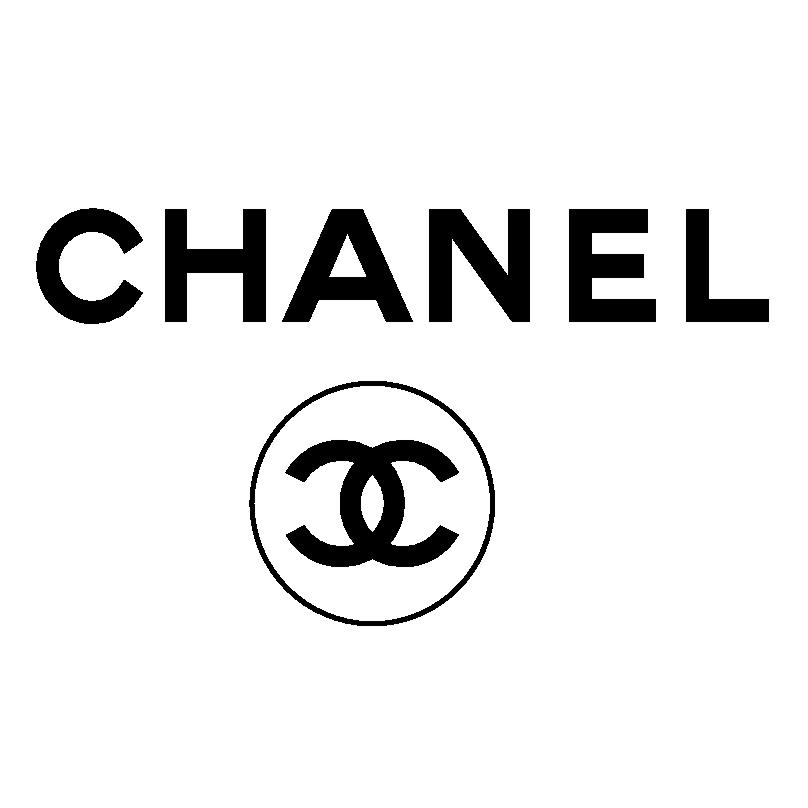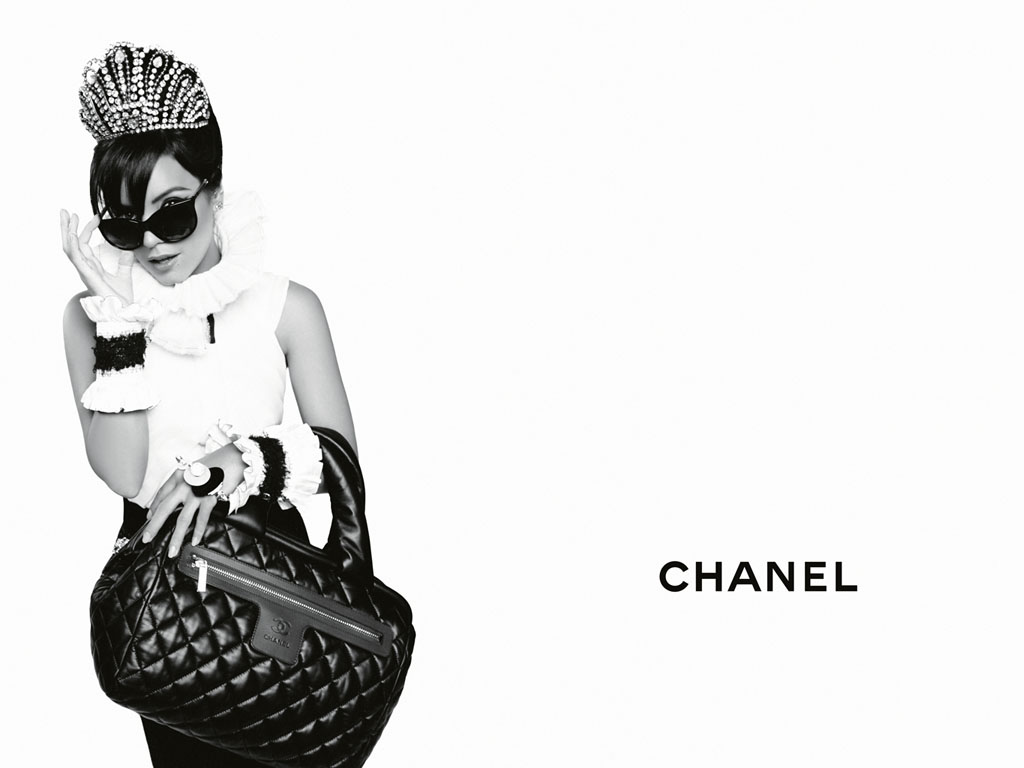Luxury marketing is experiencing a revolution propelled by the integration of artificial intelligence (AI). Yet, the true impact of AI unfolds when it harmonizes with creative ingenuity. This article illuminates the potential of merging creativity and AI in luxury marketing, showcasing how this fusion enhances brand resonance, customizes experiences, and reshapes consumer engagement as luxury brands navigate this innovative intersection.
Creative Brilliance: AI in Luxury Marketing
Redefining Personalization through AI-Driven Creativity
The fusion of creativity into AI algorithms heralds a new era of hyper-personalization that transcends conventional marketing tactics. Empowered by extensive datasets, AI identifies nuanced consumer preferences, empowering brands to craft tailor-made experiences. Whether recommending exclusive products or tailoring service offerings, AI-infused creativity elevates personalization, fostering deeper emotional connections between luxury brands and their sophisticated clientele.
Why Creativity Matters in AI
Creativity emerges as a crucial element in AI-driven luxury marketing alongside technological advancements. While AI’s analytical capabilities are undeniably powerful, the infusion of creative brilliance elevates its effectiveness. Creativity adds the human touch, enabling brands to go beyond mere data interpretation. It empowers AI to interpret nuances, craft compelling narratives, and resonate with consumers on an emotional level. The synergy between AI and creativity enhances personalization and forges authentic connections that transcend traditional marketing approaches. Unveiling Emotional Intelligence in AI-Powered Luxury Marketing
Crafting Captivating Narratives through AI-Driven Storytelling
AI’s role extends beyond data processing; it’s a proficient storyteller. AI systems use advanced Natural Language Processing (NLP) and machine learning to generate emotionally resonant narratives. Luxury brands leverage this capability to weave compelling brand stories, establishing profound emotional connections that transcend traditional marketing methods. These narratives captivate audiences, nurturing enduring bonds with the brand.
Pioneering Brands Harnessing AI in Luxury Marketing
These brands exemplify the innovative use of AI in luxury marketing, showcasing how technology augments personalization, engagement, and brand-consumer connections in the competitive world of luxury goods and services.
1. Louis Vuitton: Renowned for its innovation in the luxury space, Louis Vuitton has embraced AI to personalize customer experiences. Through AI-powered chatbots and virtual advisors, they provide tailored recommendations and styling advice, enhancing the shopping journey for their discerning clientele.
2. Burberry: Burberry has integrated AI into its marketing strategies, leveraging the technology for data analysis and customer insights. Using AI algorithms, they optimize their advertising campaigns and personalize customer interactions, creating a more seamless and engaging experience for luxury consumers.
3. Sephora: Recognizing the significance of AI in the beauty and luxury sector, Sephora employs AI-driven tools for personalized product recommendations and virtual try-on experiences. Their use of AI enhances customer engagement and helps users find products that align with their preferences, elevating the overall shopping experience for beauty enthusiasts.
The integration of AI within luxury marketing strategies not only amplifies personalization and engagement but also epitomizes a forward-thinking approach. These pioneering brands demonstrate how AI’s sophistication and creative ingenuity foster a deeper understanding of consumer preferences, enabling brands to anticipate desires and deliver tailored experiences.
This strategic utilization of AI transcends conventional marketing paradigms, positioning these luxury brands at the forefront of innovation, where technology seamlessly blends with artistry to craft unparalleled consumer journeys and cement enduring relationships with their esteemed clientele.
Balancing Automation with Human Touchpoints
Orchestrating a Symbiotic Relationship between AI and Human Expertise
While AI optimizes luxury marketing strategies, preserving the human touch remains quintessential. AI functions as an enabler, streamlining processes and informing data-driven decisions. However, human creativity, intuition, and empathy add an indispensable dimension. Brands achieve optimal results by integrating AI’s analytical prowess with human ingenuity, ensuring a symbiotic interplay that resonates authentically with consumers.
This harmonious interplay between AI and human elements represents the crux of successful luxury marketing endeavors. While AI empowers brands with unparalleled insights and efficiency, the essence of human connection remains irreplaceable. Human creativity, intuition, and empathy inject authenticity into brand interactions, crafting experiences that resonate deeply emotionally.
The collaboration between AI’s analytical capabilities and human ingenuity allows brands to strike a balance, leveraging technology to understand consumer behaviors while infusing campaigns with the emotional depth and nuance that fosters genuine connections. This synergy ensures that while advancements in AI enhance strategies, the human-centric approach truly captivates and retains the loyalty of the discerning luxury consumer base.
AI Revolutionizes Luxury Marketing
The convergence of creativity and AI within luxury marketing heralds a seismic shift in brand-consumer dynamics. As AI evolves, its collaborative synergy with creative endeavors becomes increasingly pivotal. Luxury brands embracing this fusion redefine customer engagement, offering exclusive experiences that resonate profoundly with their audience.
By combining technological advancements with human ingenuity, the future of luxury marketing unveils a realm where creativity and AI harmoniously intertwine, elevating brand narratives and fostering authentic connections with discerning consumers.
Keetria is an entrepreneur, wellness advocate, and brand strategy coach for creatives & entrepreneurs with 16 years of public relations expertise working with some of the world’s leading brands, startups, media personalities, and entertainers. If you want to work together, don’t hesitate to reach out!






